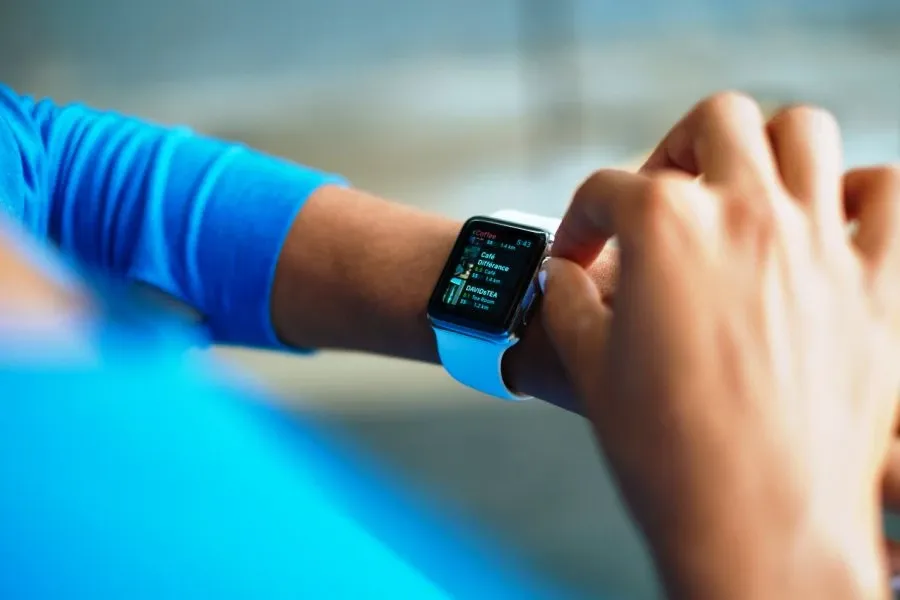PC Market Returns to Growth in 1Q24
Global PC shipments grew around 3% YoY in 1Q24 after eight consecutive quarters of declines due to demand slowdown and inventory correction, according to Counterpoint Research.

The global wearables market is expected to grow 9.4% in 2020, reaching 368.2 million shipments, according to IDC. This marks a significant slowing of the market compared to the 89% growth in 2019 as the COVID-19 pandemic impacts supply in the first half of 2020. Nevertheless, healthy growth is expected to continue throughout the forecast period as shipments reach 526.8 million units by the end of 2024 with a five-year compound annual growth rate (CAGR) of 9.4%.
"Watches and wristbands will be negatively impacted in the short term and we anticipate a 13% decline collectively during the first quarter as many factories in China struggle with manufacturing due to labor and component shortages," said Jitesh Ubrani, research manager for IDC Mobile Device Trackers. "Similarly, a decline of 7.1% is expected in the second quarter followed by mild recovery in second half of the year as supply constraints slowly begin to disappear and manufacturing returns to normal.
"IDC expects continued interest in hearables and smartwatches this year," said Ramon T. Llamas, research director for IDC's Wearables Team. "Hearables have become the must-have wearable device for end users and are available at a broad range of price points and feature sets. Meanwhile, smartwatches have gradually gained greater salience not only for health and fitness but simply for the convenience of having information surfaced to the wrist, and convenience is what owners appreciate the most in their wearables.
Earwear or hearables are expected to grow with a five-year CAGR of 10.3%, reaching 301.5 million units by 2024. While the category is currently focused on providing access to audio and smart assistants, IDC believes the category is on the cusp of offering health and fitness tracking that would be on par or perhaps even better than what is currently offered on the wrist since the stationary position. However, these health and fitness features will likely remain secondary to audio and smart assistant-based use cases.
Watches, comprised of smartwatches and basic watches, will experience a five-year CAGR of 11.4%. Apple will remain in the lead as it continues to offer a very tightly integrated ecosystem of products and its advances in health/fitness tracking as well as numerous improvements to the OS have made it an appealing wearable to the mass audience. Beyond Apple, there are other smartwatch makers such as Oppo who rely on customizing Android to run on their devices.
Android-based smartwatches are expected to account for a little over 25% of the smartwatch market throughout the forecast. Following Android would be WearOS watches, which will slowly gain share and are expected to capture 16.9% of the smartwatch market by 2024. Outside of smartwatches, IDC also expects basic watches to grow with a 5.8% CAGR as hybrid and sports watches will continue to have a place, appealing to those seeking long battery life.
The market for wristbands is expected to remain nearly flat with a 1.8% CAGR. The entry-level price point and ease of use will help such these devices proliferate among those looking to dip their toes into the market. Additionally, the commoditization of these devices and easy manageability will make them prime candidates for corporate deployments and health studies.